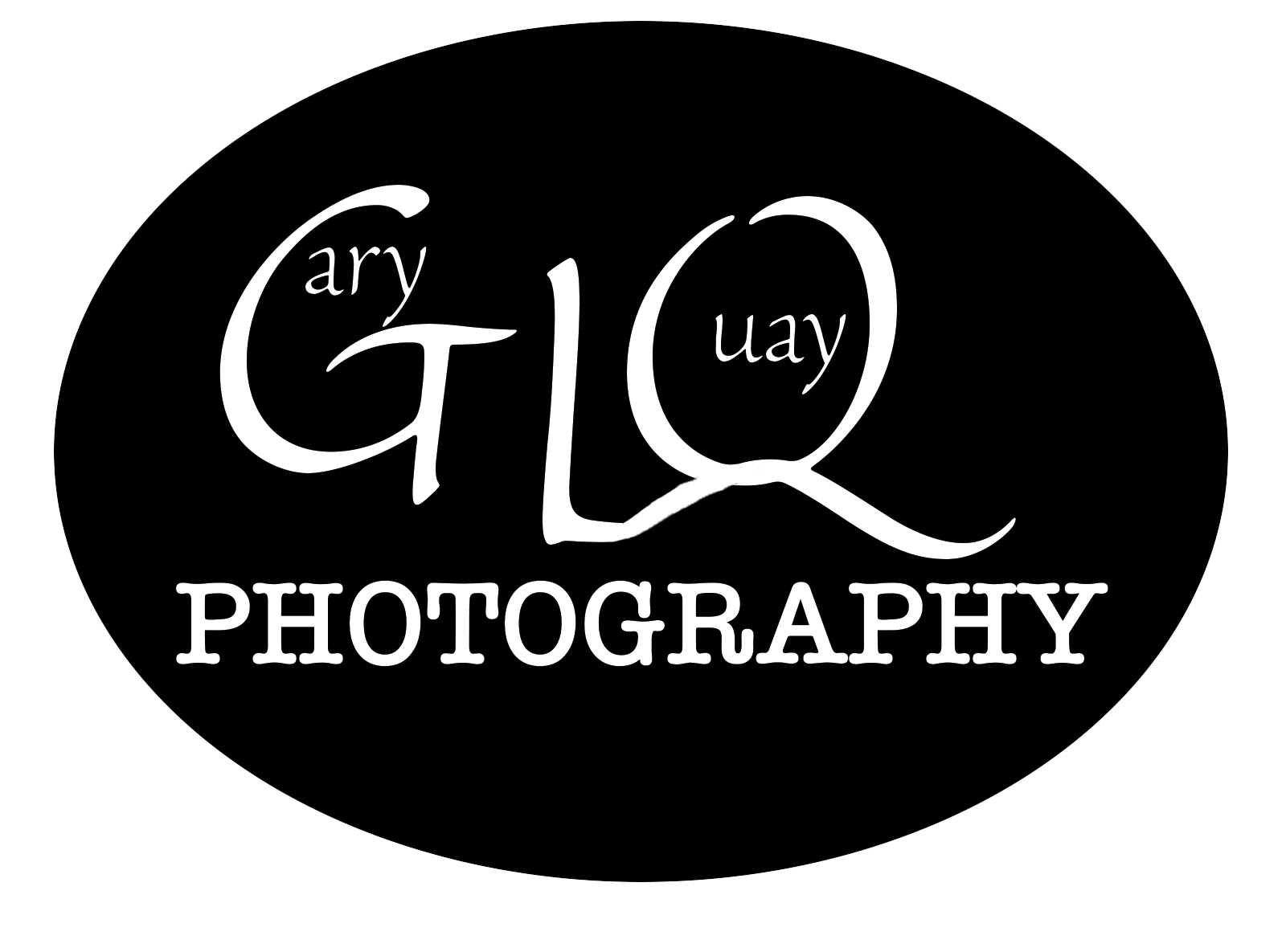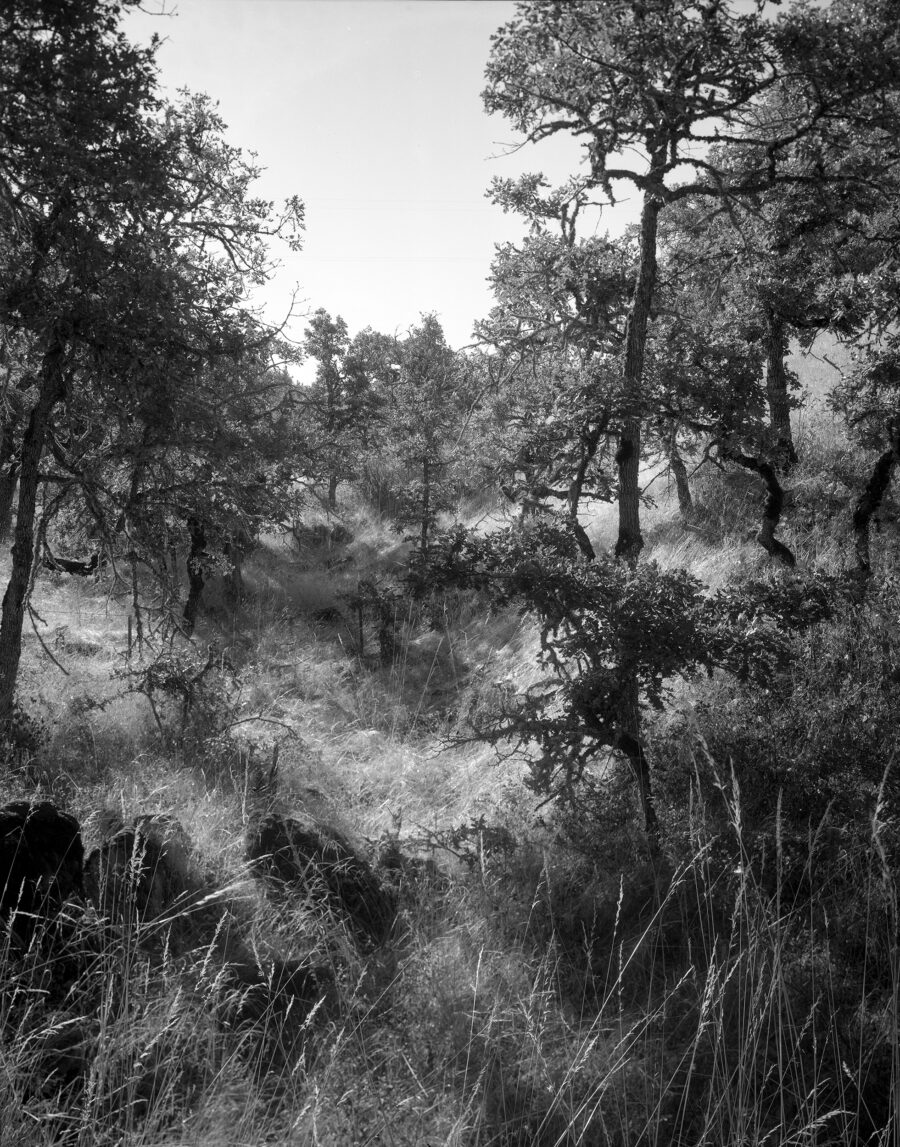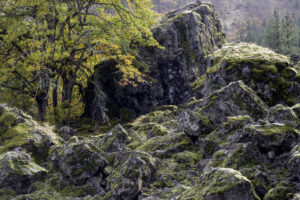I took this picture on Tuesday, November 14, 2012 from Chanticleer Point in the Columbia Gorge. For once, the clouds were cooperating. So many times here in NW oregon, we have either total overcast, or blank, cloudless skies. Finding the cusp between these two opposites can be a challenge for people like me who work 6 or 7 days a week at our day jobs so that we can afford to shoot large format film.
I have been experimenting with the developer 510 Pyro. Formulated by Jay DeFehr, it uses Pyrogallolic Acid, Phenidone and TEA (not the Earl Grey kind) as its main ingredients. it seems to be more stable than PMK, and has less of the maddening streaking and mottling. I mixed the developer two weeks ago, and melted my 100 ml graduate (beaker) in the process. It didn’t occur to me that a viscus 150 degree liquid would turn my measuring device into the Leaning Tower of Plastic. Go figure. So far, I like this developer. It doesn’t have as much general pyro stain as PMK, but it has more proportional stain.
A few notes on pyro for the uninitiated. Pyro , which is short for pyrogallolic acid, was formulated, I think, in the 1860’s and enjoyed wide use until more stable developers arrived on the scene around the turn of the century. It’s demise was slow, however, as demand for it from a small, but determined number of photographers persisted. By the 1970’s it was all but forgotten. Then along came Gordon Hutchins. He formulated PMK Pyro in the late 1970’s to work better with modern films, and to reduce pyro’s tendency for uneven development. His success repopularized pyro, and led to a succession of new formulae.
Pyro is what is known as a “staining developer.” It tans, or hardens, the emulsion during development. This has a number of effects. I will mention two. First, the hardening of the emulsion tends to restrain highlights, and compresses the tonal scale of the negative. This can be an advantage in night photography, or for high contrast images when a softer negative is desired, especially when printing on variable contrast papers. Second, the image stain masks film grain, and creates sharper images.
The lens I used for this image was my 8″ Cooke Series IV Anastigmat. Made somewhere in the late 1800’s, it is exquisitely sharp, and the optics are uncoated. I wanted to see how uncoated optics would render the scene. Modern, coated optics are much more contrasty, and have a different feel to the images they create. Now, here’s the kicker: I used a red filter. If I’m trying to see how a lower contrast lens will render a scene, why would a use a red filter? I think that even with a red filter, the gradations of tone are smoother with an uncoated lens. Or, at least, that’s what I wanted to prove to myself. I like the results.
Technical Data:
Camera: Senaca Camera City View 5×7.
Lens: Cooke Series IV Anastigmat.
Film: Arista.edu 100 developed in 510 Pyro
Update 12/21/23: Here are some more 510-Pyro images I made since I first posted this in 2012.
©2023 Gary L. Quay
This was from a test roll for a film I tried for the first time this summer. It is CineStill BW XX. It’s supposed to be like the fabled Kodak Super XX film, known for ist exposure latitude, and for being extremely adaptable to Zone System controls. The film is grainier than I had expected for a 100 ASA film, but the overall look is nice. It did not exhibit the backing paper issue that CineStill Dayight 50D has, where the emulsion becomes splotchy, most notable in areas of gradual tone gradation.
Rollei has this issue as well. I used up a lot of it in May and June, only to come away with unusable negatives. I ended up throwing away 5 rolls of Rollei film.
Rollei 4×5 and 35mm films do not have the issue because they do not have backing paper. Cinestill does not make 4×5, but they do make 35mm, which I rarely use.
This film and 510-Pyro seem to be a good combination.
Camera: Fuji GSW690III
Lens: 65mm Fujinon
Film: CineStill BW XX developed in 510-Pyro
©2022 Gary L. Quay
This is the first roll of film that I put through my new Hasselblad Flexbody. I was able to get the entire scene in focus at f16. It definitely is a different kind of camera. I’m hoping that it will take my photography to another level. We’ll see.
This one has some really nice tones. Ilford Ortho Plus in 510-Pyro are a match made in heaven.
Camera: Hasselbad Flexbody
Lens: 50mm Zeiss Distagon
Film: Ilford Ortho+ developed in 510-Pyro.
©2020 Gary L. Quay
This was taken in October 2020 in the shadow of Rowena Crest along the Historic Columbia River Highway. I’ve said it before, but Oregon’s dry side has become my favorite place in the world.
This would be an exquisite negative if my camera didn’t still have some light leaks that I still hadn’t plugged. There are two lines of flare that run top to bottom. I corrected them in Photoshop, but it will be hard to print in the darkrrom. I may try to use a reducer to eliminate them.
I used 510-Pyro as the developer, and the detail and tonal range just blows me away. If it weren’t for the light leaks, this would be the finest negative I have ever prodeuced.
A word about 8×10 film. There is a depth here that can’t be gotten with a 35mm sensor. You really have to look at this on a computer monitor, and not a smart phone.
I had the camera repaired in 2021, and it’s working fine now.
Camera: Deardorff 8×10
12” Goerz Dagor
Film: Ilford Ortho+ developed in 510-Pyro







